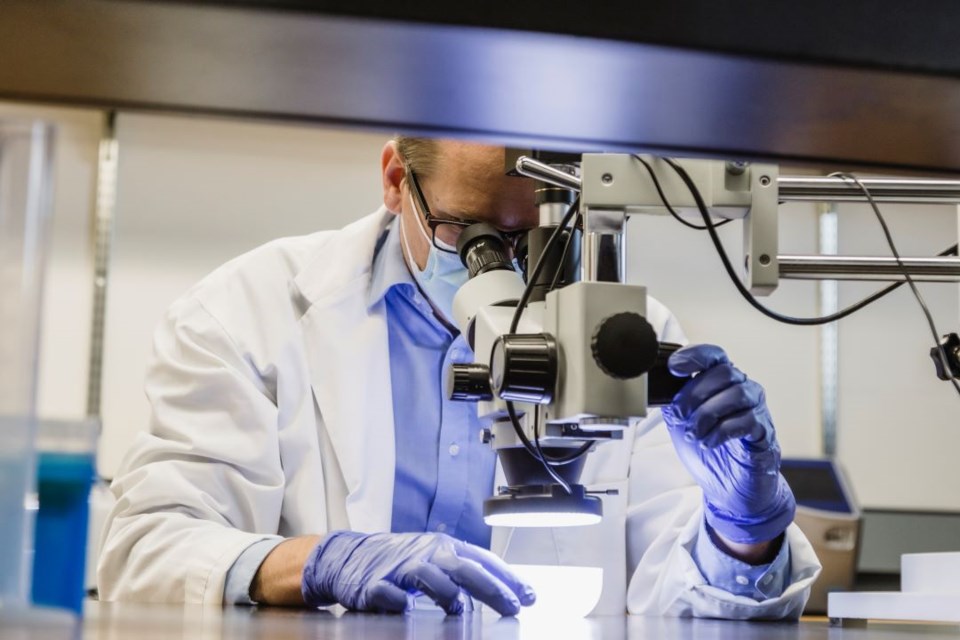SASKATOON — Soft plastic fishing lures are becoming more and more popular among anglers as a more natural-feeling and economically-friendly option – but a recent collaborative international study suggests there may be environmental risks to consider when using them.
An international team of researchers from the University of Saskatchewan (USask), the Thünen Institutes of Baltic Sea Fisheries and Fisheries Ecology in Germany, and the Toronto Metropolitan University published a paper in Science of the Total Environment that reveals the environmental and human health impacts of using soft plastic fishing lures. The biotests were conducted in facilities at USask.
Dr. Markus Brinkmann (PhD), a co-author of the paper and the director of the Toxicology Centre at USask, said a chemical analysis of soft plastic lures indicated there were potential hazards to using them.
“It has been known for a while that fishing tackle, such as lead weights, can have negative impacts on the receiving environment. In this context, greener alternatives – such as tungsten weights – are available to anglers and frequently chosen over lead,” Brinkmann said. “However, until now, the organic contaminant profile present in soft plastic fishing lures was not well understood, and we believe that this study provides an important first dataset on this important issue.”
Soft plastic lures differ from traditional lures in that they are made of a soft and pliable material, which allows them to more closely mimic the movement of live baits in the water. The study analyzed 16 common types of soft plastic fishing lures. Over 61 days, 10 of the 16 lures released harmful phthalates and other toxic plastic additives into the water.
The researchers also found one of the soft plastic lures released estrogenic chemicals – or chemicals that can act like female sex hormones.
“This can have potentially drastic environmental impacts, leading to the feminization of male fish and resulting impacts on fish populations,” Brinkmann said.
In addition, a survey of anglers in Germany was conducted to understand public perception of soft plastic lures. Participants confirmed that artificial lures are often lost during fishing, and most participants expressed concern about potential ecological impacts of soft plastic lures.
Brinkmann said the study shows a need to continue research in this area to both promote awareness among the angling community and to encourage industries to develop new environmentally friendly fishing lures.
The release was first published by the Thünen Institutes of Baltic Sea Fisheries and Fisheries Ecology.
— Submitted by USask Media Relations




